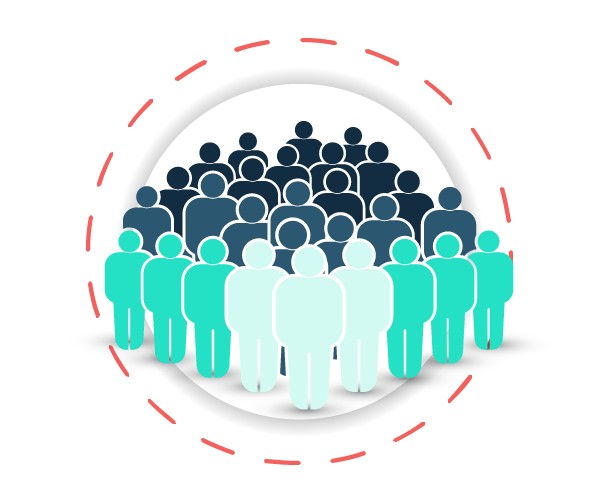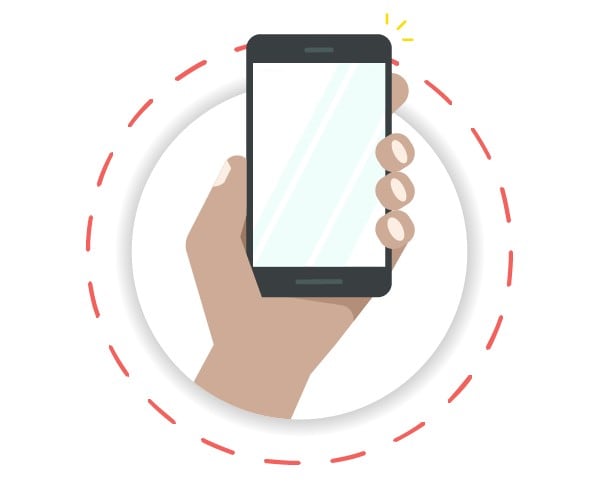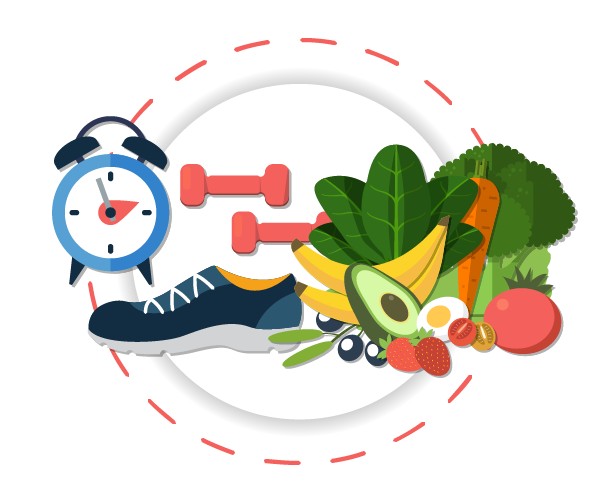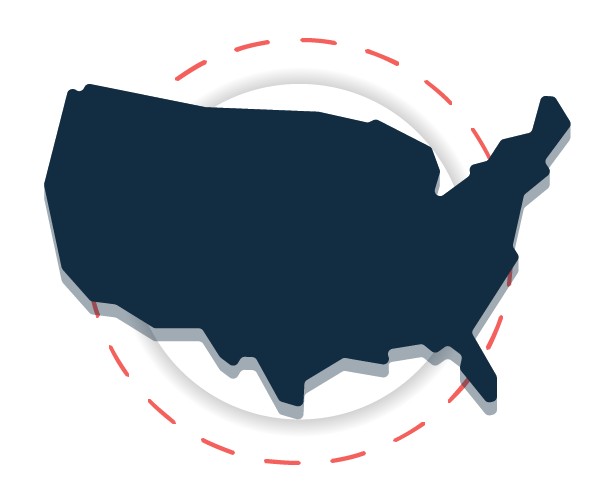Behavioral Risk Factor Surveillance System

The Behavioral Risk Factor Surveillance System (BRFSS) is the nation’s premier system of telephone surveys that collect state-level data about health risk behaviors, chronic health conditions, and use of preventive services. Established in 1984, BRFSS collects data in all 50 states, the District of Columbia, and participating US territories.
CDC works with state and territorial partners to collect uniform, state-specific information about health risk behaviors, chronic health conditions, use of preventive services, and other factors that affect that affect the health of US adults, such as:
- Physical activity
- Nutrition
- Alcohol and commercial tobacco use
- Diabetes
- Heart disease
- Immunizations
- Injuries
- Health care access
- Use of health care services
BRFSS also helps collect data on important emerging health issues, such as e-cigarette use. Respondents are asked to provide basic demographic information, such as age, race and ethnicity, income, and education level. State-specific data—including racial, ethnic, and other subpopulation data—can be used to help guide public health programs, including those focused on reducing racial and ethnic disparities and addressing health risks and social determinants of health.
Information is collected through telephone interviews with noninstitutionalized adults aged 18 or older on landlines and cell phones. Each year, data are posted on the BRFSS website for public use.
BRFSS data give decision makers, public health professionals, and researchers information they need to:
- Identify populations at increased risk of chronic health conditions.
- Monitor changes in health risk behaviors and disease rates.
- Establish prevention strategies at local, state, and national levels.
In the United States:

400,000+ US ADULTS
are interviewed by BRFSS each year.

73% OF 2021 BRFSS
data was collected by cell phone.

30+ HEALTH TOPICS
are covered by BRFSS surveys.

53 STATES AND US TERRITORIES
participated in the 2020 BRFSS.
CDC’s Approach
BRFSS is the largest ongoing telephone health survey in the world. For most states, BRFSS is the only source of state data on adult health and health risk behaviors. It gives communities, states, and federal agencies information they need to plan public health programs and other activities at local, state, and national levels.
In addition to the core surveys, states can use optional modules (sets of questions) on about 30 other specific topics, such as memory loss, depression, disease screenings, and vaccinations. States can also add their own questions to meet their specific needs. All states use the same data collection protocol on the core and module sections of the survey. This consistency allows public health professionals to compare data between states or local areas.

As part of CDC’s campaign to modernize the way health information is collected, processed, and analyzed, BRFSS has been studying the use of the web, mailing addresses, texting, and other strategies to reach potential survey participants. BRFSS shares the results of these studies with state partners during yearly meetings. Preliminary findings suggest future methods may supplement the data being collected each year—and that the telephone-based survey used today still is reliable and useful.
For the 2022 data collection year, BRFSS offered two optional modules that help address the agency-wide campaign to promote health equity. Forty-two US states are including the Social Determinants and Health Equity Module in their survey, which collects data on topics such as employment and economic stability, food and housing insecurity, transportation, access to health care, and more. Also, 27 states are including the BRFSS Reactions to Race module in the 2022 BRFSS survey, which asks participants about how often they think about their race, how they are treated based on it, and physical symptoms they may experience.

CDC works to ensure the success of BRFSS by giving states the support they need to administer their questions and analyze data correctly and consistently. To ensure high-quality BRFSS data, CDC processes survey data, produces monthly and annual data quality reports, and trains state BRFSS coordinators and their staff.
CDC also provides training to public health professionals and researchers working at state, territorial, and local levels in the United States and across the world. Nearly a dozen other countries have asked for technical help to set up similar surveillance systems.
Each year, CDC holds a BRFSS meeting that includes training on key skills like survey design, computer-assisted telephone interviewing data collection, and research techniques. This event also gives state BRFSS coordinators a chance to share experiences and discuss public health surveillance needs.